The Scottish Crown Jewels

On May 6th, 2023, a global audience of 400 million watched King Charles and Queen Camilla being crowned, with the glorious St. Edward’s Crown, Imperial State Crown and Queen Mary’s Crown set with priceless and historic natural diamonds and gemstones. However, eight weeks after this regal ceremony—the first in seventy years—another historic occasion took place on July 5th at St. Giles Cathedral in Edinburgh: the presentation to their Majesties of the Scottish crown jewels, which are officially known as the Honours of Scotland.
This occasion had none of the pomp and circumstance of Westminster Abbey. Instead of a climactic crowning accompanied by the heart-stirring sounds of Handel’s Zadok the Priest, the king was presented with the Scottish crown which remained sitting on its plush red velvet cushion, as well as other regalia including the Sceptre and the Sword of State. And rather than a whole host of members of the British Royal Family, foreign royals and dignitaries, the formality was attended by the Prince and Princess of Wales and the king’s sister, The Princess Royal, along with members of the Scottish parliament.
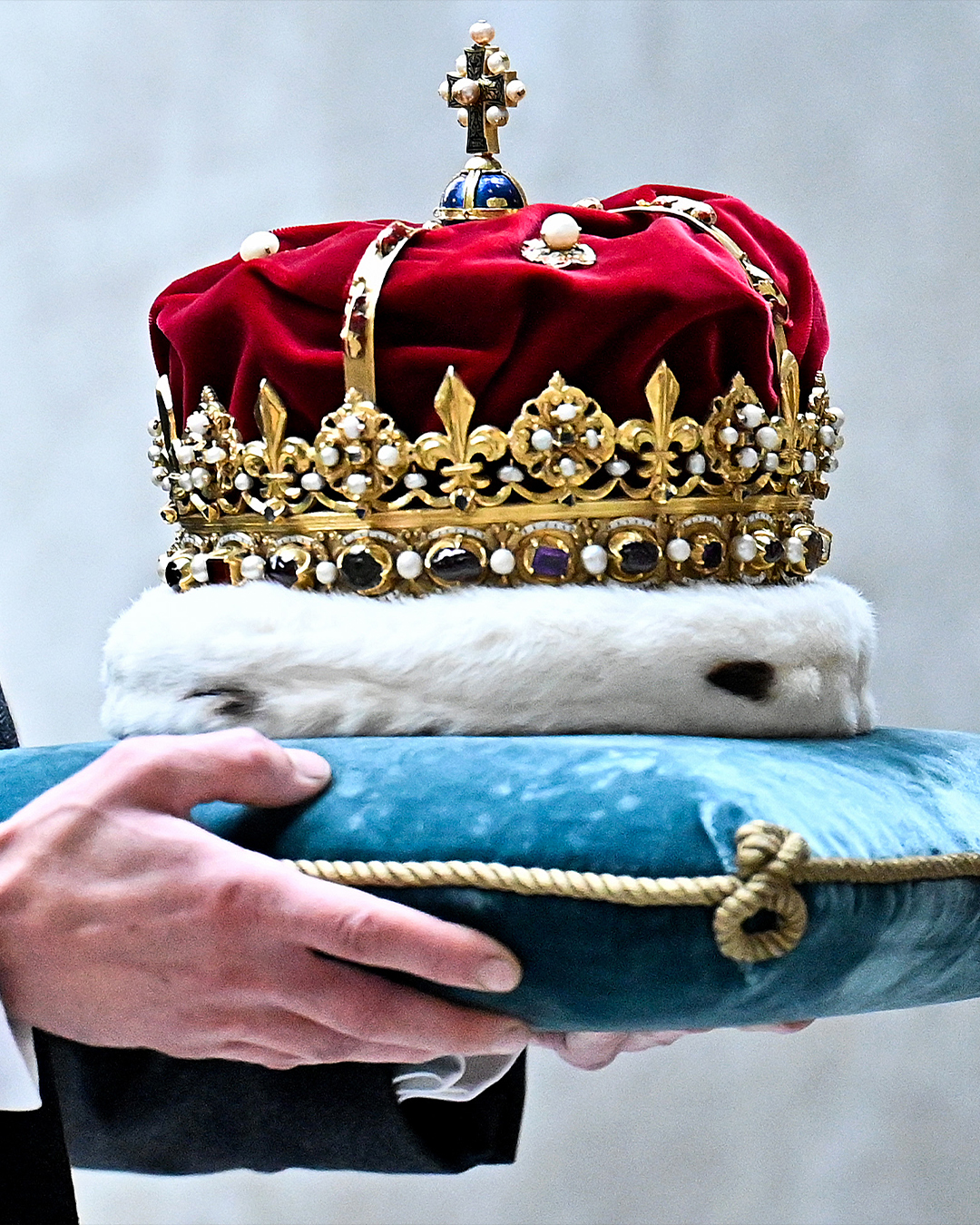
In giving these Crown Jewels their due, it’s important to note that they are the oldest remaining crown jewels in the United Kingdom—and some of the oldest in the world. These pieces were created over five hundred years ago, long before Scotland joined England and Wales to form Great Britain. Like the British Crown Jewels, these were modeled on previous regalia.
Nevertheless, the Scottish Jewels have had an even more turbulent time than their British ‘cousins’. After the execution of Charles I in 1649, and Oliver Cromwell’s subsequent destruction of the British Crown Jewels, the Scottish were appalled and proclaimed the dead king’s son as their king. The Honours of Scotland were removed from Edinburgh Castle to the castle of Dunnottar, the far-north fortress of the hereditary keeper of the Honours, which perched on a rocky headland off the coast.
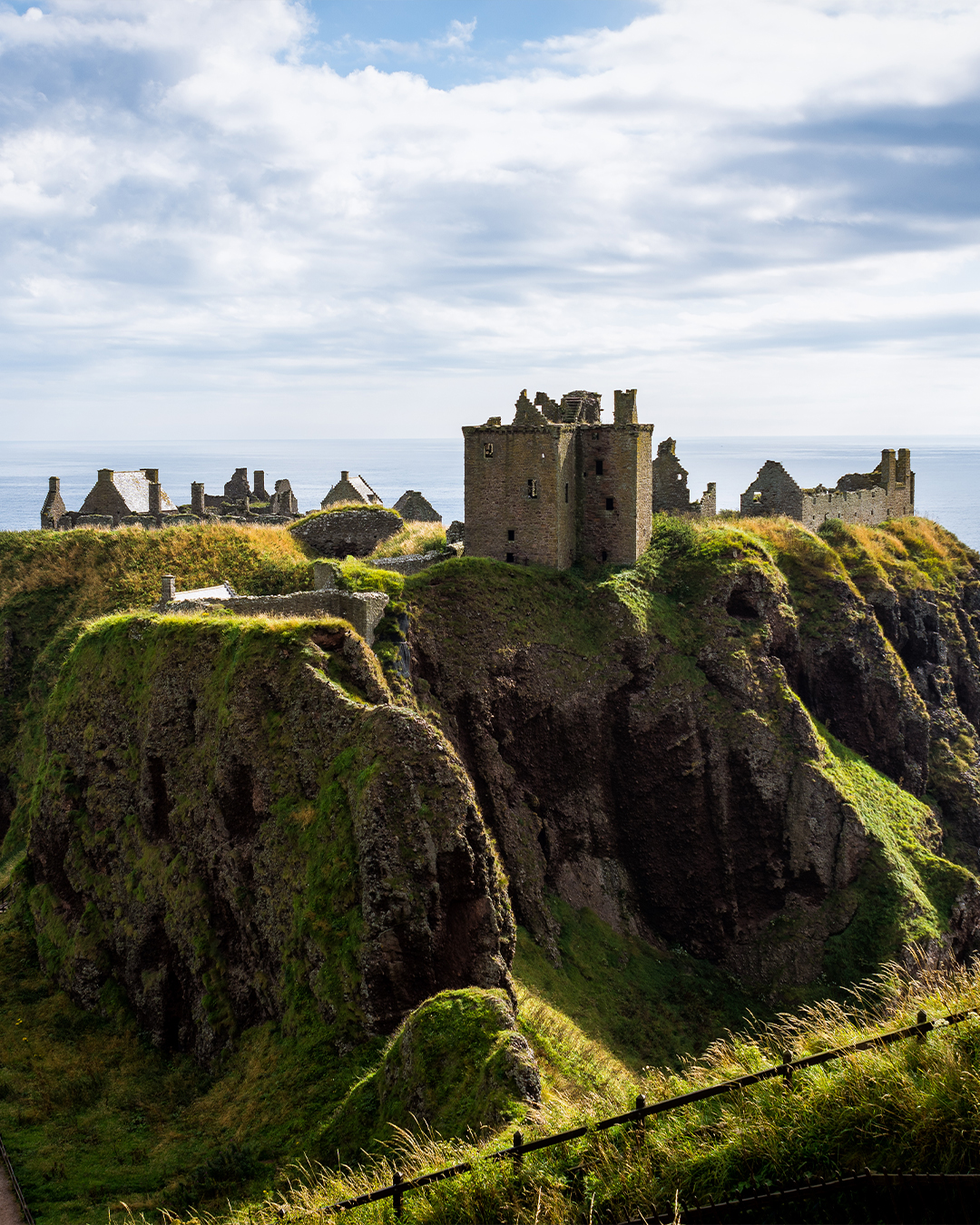
In late 1650, the jewels were taken to Scone Palace in Perthshire, the ancient crowning place of the Kings of Scots where, on 1st January 1651, almost two years after his father’s beheading, Charles II was crowned with the Crown of Scotland. Whilst wearing the crown and holding the scepter and sword of state, he was pronounced King of Scotland, England, France and Ireland. It would be the last time that the Crown was ever worn, and Charles was the last king to be crowned in Scotland.
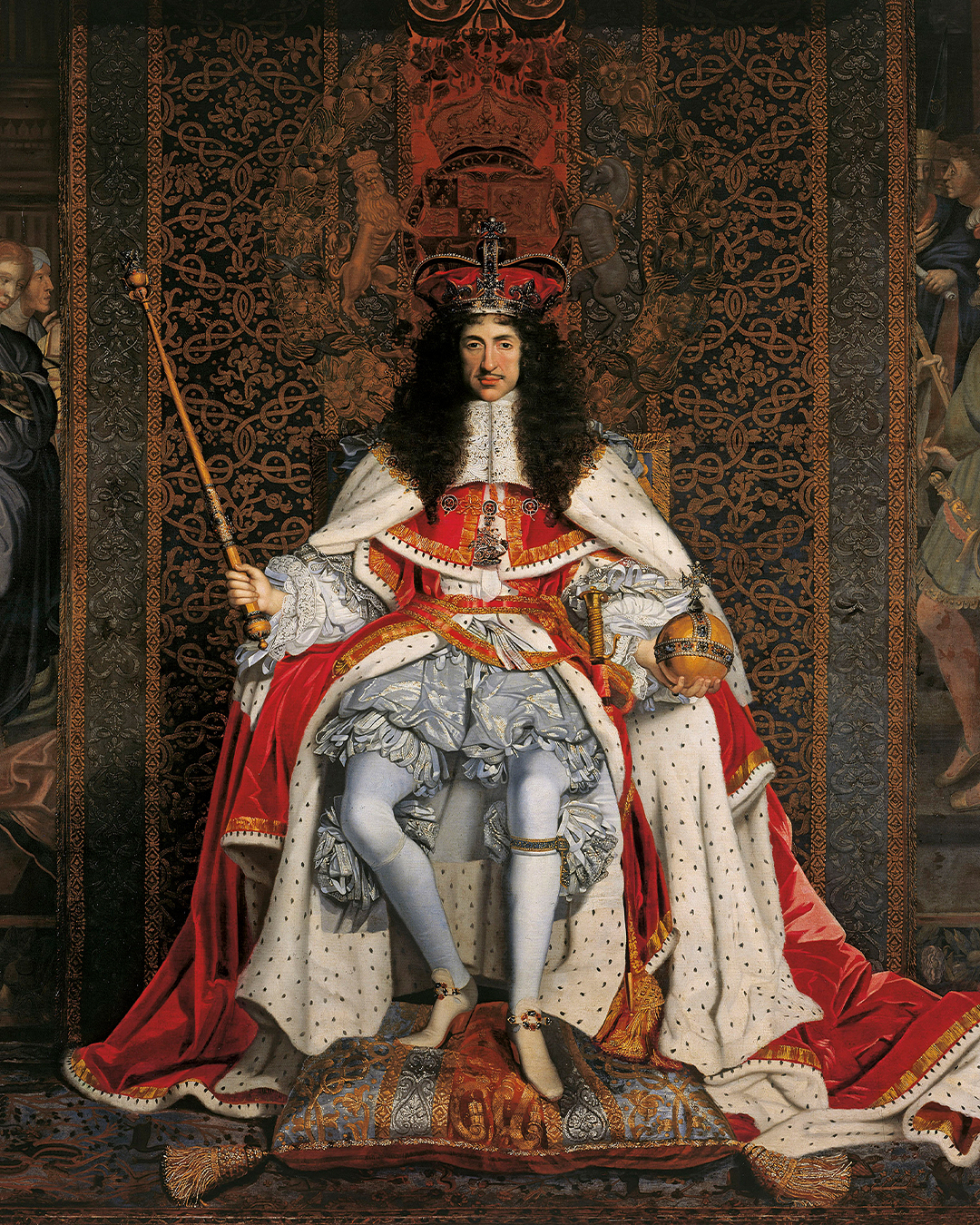
Cromwell was enraged that this coronation had taken place; he wanted to punish the Scottish and began his pursuit of the Scottish Crown Jewels, which he now knew were at Dunnottar. By Autumn 1651, word got out that the castle was about to be under siege, so it was decided that the jewels needed to be hidden somewhere that no one would ever discover them. The wife of the officer in command at Dunnottar Castle devised a plan with a woman called Mrs. Grainger, whose husband, James, was the minister of a small church (a kirk) six miles south in Kinneff, a tiny hamlet on the coast.
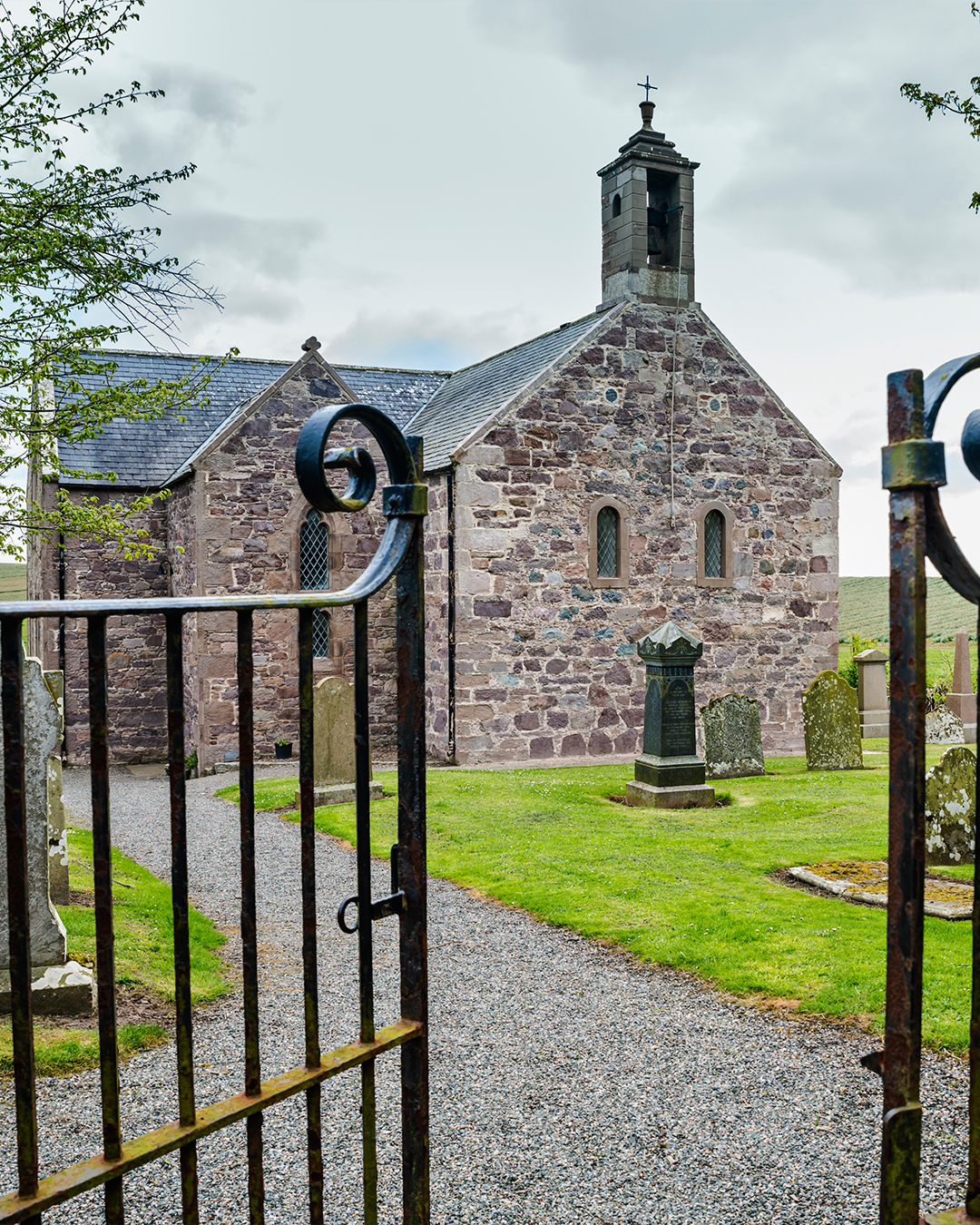
One night Mrs. Grainger took her maid, dressed as a fishwife, to the castle. The disguised maid waited on the shore at the bottom of the cliffs on which the castle stood, as a huge basket, containing the concealed regalia, was lowered to her. She then carried the basket away to a waiting cart which took her and the jewels back to the church an hour away. Once the regalia was with Reverend Grainger, and under the cover of darkness, he carefully lifted one of the large flagstones on the floor in front of the church’s pulpit and dug a hole in the ground below, into which he buried the crown and the scepter before relaying the stone. He then hid the sword in the ground between two statues of saints on the opposite side of the small church. In case anything should happen to him, the reverend wrote a letter detailing their whereabouts to the wife of the Treasurer of Scotland, Countess of Marischal.
In 1660, with the Restoration of the Monarchy in England, the regalia were finally retrieved and returned to Edinburgh Castle. However, the tale does not end there. In 1707, when the Kingdom of England was united with Scotland to form the Kingdom of Great Britain, the Scottish Honours were put in a chest and locked away in the Crown Room of Edinburgh Castle. And completely forgotten about.
It was not until years of research and queries by the poet Sir Walter Scott that they might be in the sealed Crown Room of the Castle that 111 years later, in 1818, the regalia was rediscovered. In 1822, the Honours were presented to George IV (this was the first presentation of them to a monarch) in much the same ceremony as they were presented to his great-grandson last month.
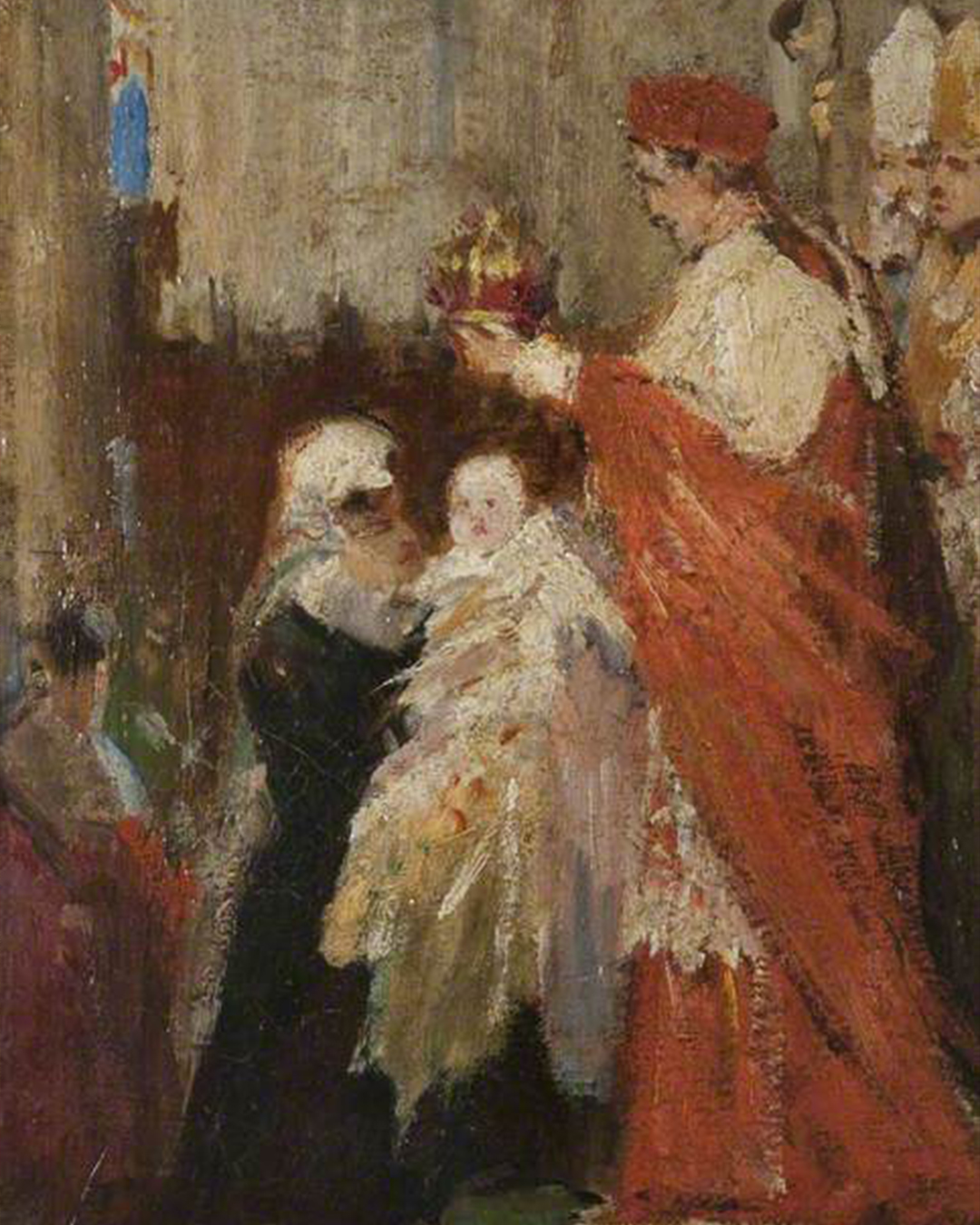
The centerpiece of the regalia is, of course, the Crown of Scotland. In 1540 James V had it made, by a French goldsmith using gold from the older Scottish crown of Robert the Bruce circa 1306, which had become damaged and augmented with 41 ounces of gold mined in Scotland. The crown is set with 94 pearls and 43 gemstones including diamonds, garnets, and amethysts. James V wore the crown not for his own coronation, but for that of his wife, Mary of Guise. Their daughter, Mary Queen of Scots, was the first monarch of Scotland to be crowned with it, just three years after its creation when she was only nine months old; of course, the crown was far too big for her, so Cardinal David Beaton held it over her head and anointed her with holy oil.
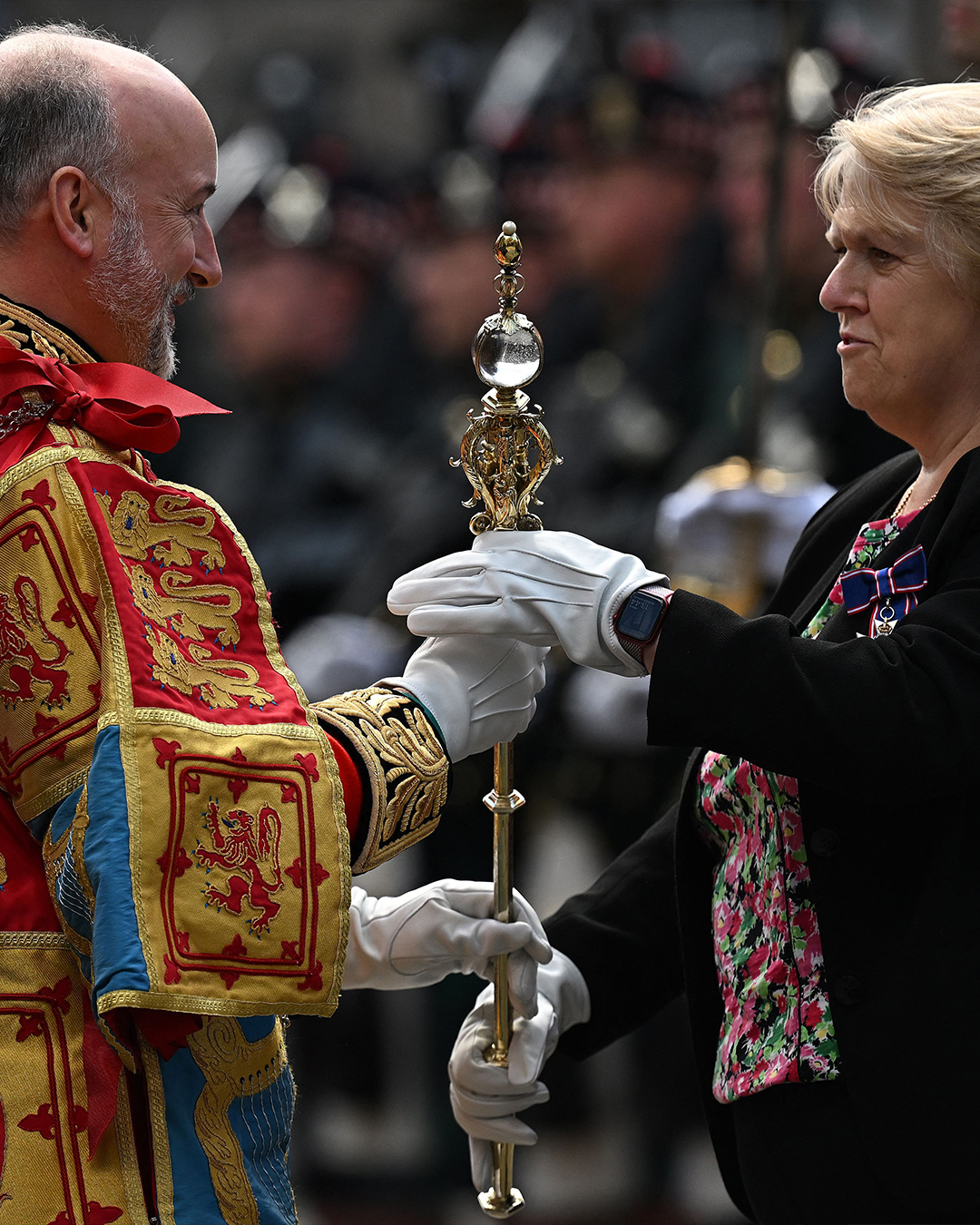
The Sceptre is thought to have been a gift to James IV from Pope Alexander VI in 1494 and is a perfect example of high Renaissance Italian craftsmanship. Extended in length in 1536, towards the top of the rod is a large globe of polished rock crystal with a solid gold orb and a large pearl at its peak; below the crystal are three gold figurines of St. Andrew, St. James the Great, and the Virgin Mary. The lower part is decorated with oak leaves, urns, thistles (the national flower), and fleurs-de-lis.
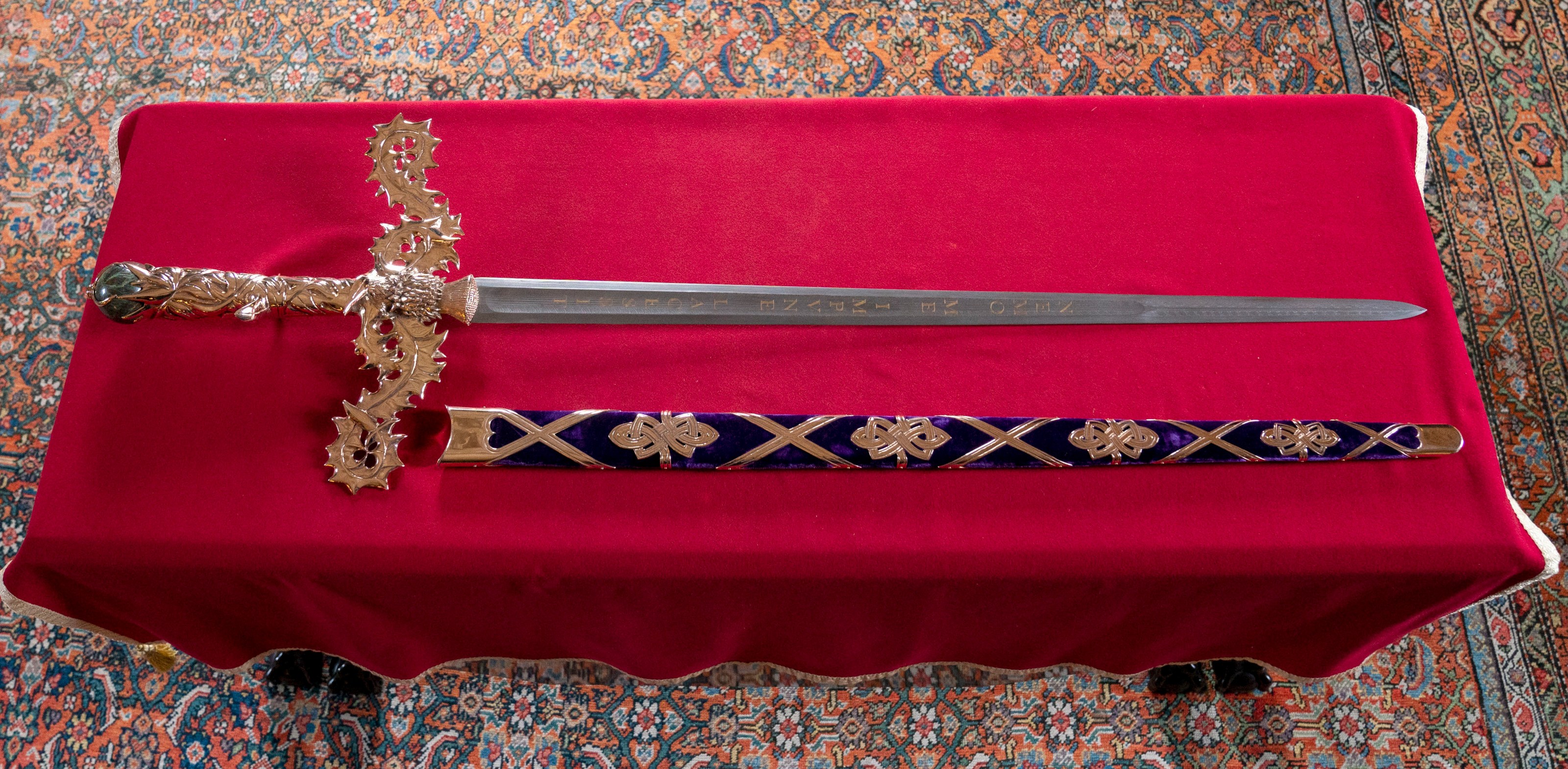
The Sword of State was a gift to James IV in 1507, from the next pope, Julius II, one of the most powerful of popes who commissioned the frescoes by Michelangelo at the Sistine Chapel and by Raphael in the Papal Palace. The sword was crafted by Domenico da Sutri, a well-known Italian metalsmith. Made in steel, it is exquisitely decorated with the papal arms of Pope Julius; oak trees and acorns symbolize Christ’s rising, whilst dolphins represent Christ’s Church. Each side of the base of the blade is engraved with figures of Saints Peter and Paul. Its wooden scabbard (case) is covered in red velvet and silver-gilt metalwork, and decorated with further oak leaves, acorns and dolphins.
The Scottish Crown Jewels might no longer have their time in the regal limelight, such as their British counterparts – but they have definitely earned their place in the history books – however, legend-like that history might be.
